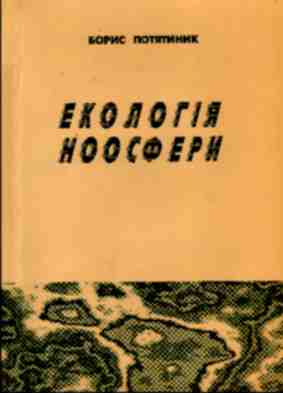
зміст
-
Гіпотези та проблематика – ст.3
Ідентифікація патогенного тексту – ст.24
Гротескні форми – ст.30
Специфіка екранного насильства: причини і наслідки – ст.30
Порнографія як різновид патотексту – ст.37
Тексти тоталітарної ідеології та пропаганди – ст.44
Масова і бульварна преса – ст.63
Попередні підсумки – ст.73
Нейтралізація патотексту – ст.86
Класифікація – ст.86
Проблема патогенної трансформації та спроби її попередити – ст.87
Парадоксальне мислення як елемент сучасної філософії масової комунікації – ст.100
Альтернатива максималістській схемі – ст.100
Парадокс як вияв істини – ст.102
Парадоксальне мислення і масова комунікація – ст.113
Резюме – ст.122
Список використаної літератури – ст.131
Borys Potiatynyk. Ecology of Noosphere, – Lviv, 1997.
Vernadsky and Teyar de Chardin used the word ‘noosphere’ to denote the sphere of human intelligence. That is. the sphere the essence of which in contrast to the atmosphere or biosphere is information produced by people. Liberalism and the unprecedented speed-up of the informational process’es in the 20th century alongside with a lot of positive things led to the pollution of the noosphere. Growing evidence of the latter can be such phenomena as TV and video violence. pornography, totalitarian propaganda, media hype etc. So the fact that ecology is spreading to this sphere too makes sense. Here we will make an attempt to list major goals of the new line of scientific research which is the ecology of the noosphere or informational ecology: first of all. it is the identification and typology of a pathogenic (harmful) text. This accomplished, another, still more complex task will have to be dealt with — that of neutralizing the pathogenic text.